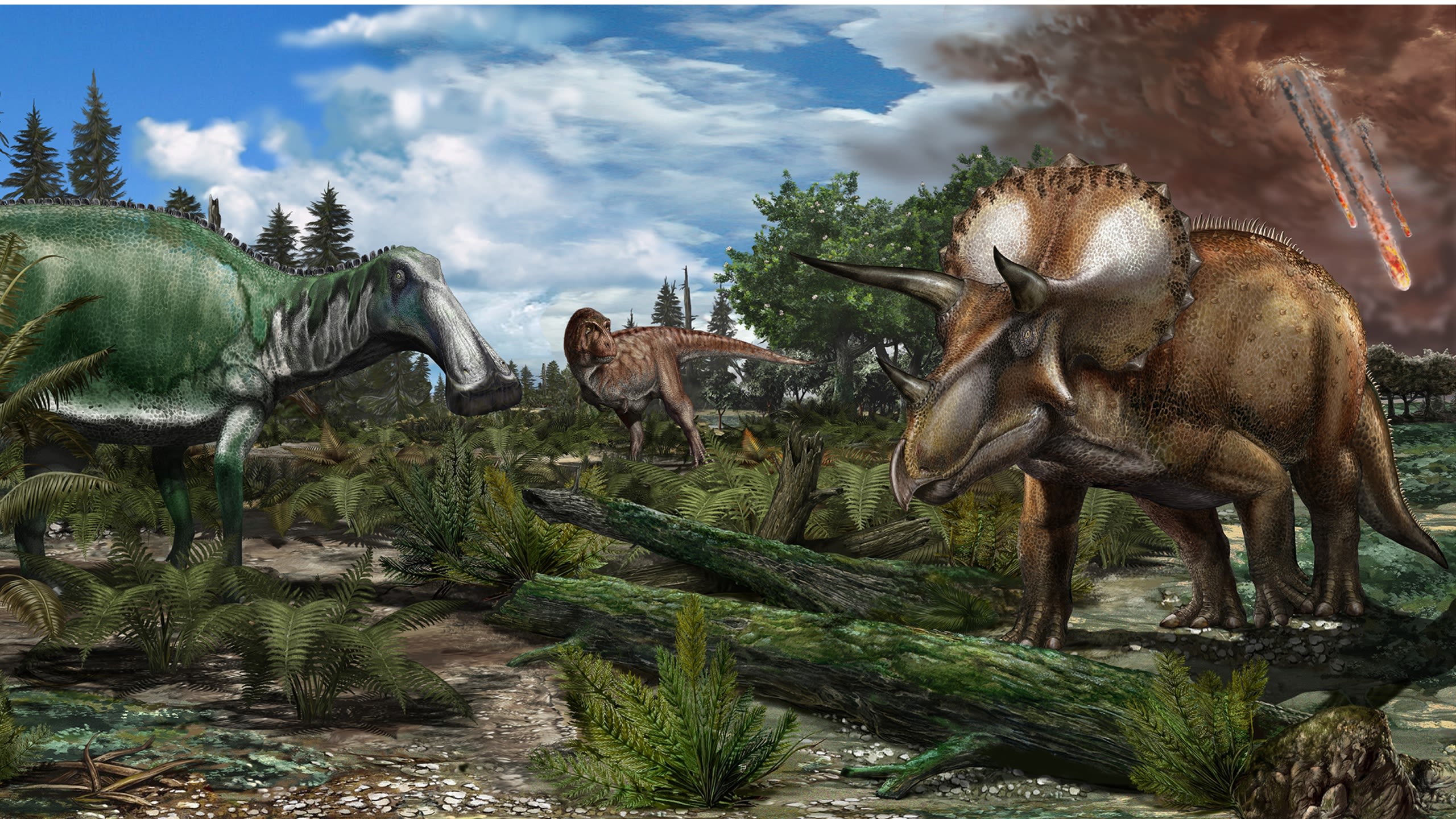providencemarianwood.org – The Mesozoic Era, often referred to as the “Age of Dinosaurs,” was a time when the Earth was dominated by a diverse array of reptilian giants. Among these were the herbivorous titans, the largest plant-eating dinosaurs that ever roamed the planet. These colossal creatures were not only the giants of their time but also some of the largest land animals in Earth’s history. In this article, we will explore the lives of these herbivorous titans, their significance in the ecosystems of the Mesozoic, and the mysteries that still surround them.
The Rise of the Herbivorous Giants
The Mesozoic Era, spanning from about 252 to 66 million years ago, was a period of significant tectonic activity, which led to the formation of new landmasses and climates. This dynamic environment provided the perfect setting for the evolution of life on an unprecedented scale. The herbivorous titans, belonging to the group known as Sauropoda, were the most successful of these giants, with some species reaching lengths of over 100 feet and weights of up to 100 tons.
Diversity and Adaptation
The sauropods were a diverse group, with various species adapting to different environments. Some of the most famous herbivorous titans include the long-necked Diplodocus and Apatosaurus, the massive Argentinosaurus, and the towering Brachiosaurus. These dinosaurs had a variety of adaptations that allowed them to thrive in their ecosystems. Their long necks, for example, enabled them to feed on vegetation high in the trees, while their massive bodies and long tails provided a stable platform for their enormous size.
Ecosystem Impact
The presence of these herbivorous titans had a profound impact on the ecosystems of the Mesozoic. Their vast appetites required vast amounts of vegetation, influencing the types of plants that grew and the structure of the landscapes. This, in turn, affected the smaller herbivores and the predators that hunted them. The sheer size of the sauropods also meant that they were a significant source of food for the large carnivorous dinosaurs, such as Tyrannosaurus rex and Allosaurus.
Mysteries of the Titans
Despite their dominance, many mysteries still surround the herbivorous titans. Scientists are still trying to understand how these massive creatures supported their weight, how they moved, and even how they communicated. The debate over their feeding habits is ongoing, with some researchers suggesting they may have been selective browsers, while others propose they were indiscriminate feeders.
The Legacy of the Herbivorous Titans
The herbivorous titans of the Mesozoic Era left a lasting legacy. Their fossils provide a glimpse into a world that is vastly different from our own, a world where giants roamed the Earth. These dinosaurs continue to capture the imagination of people around the world, inspiring wonder and curiosity about the natural world.
In conclusion, the herbivorous titans of the Mesozoic Era were not just the largest plant-eating dinosaurs; they were among the largest creatures to have ever lived on land. Their existence challenges our understanding of biology and ecology, reminding us of the incredible diversity of life that has existed on our planet. As we continue to uncover their secrets, we are reminded of the incredible journey of life on Earth and the endless mysteries that still await discovery.
